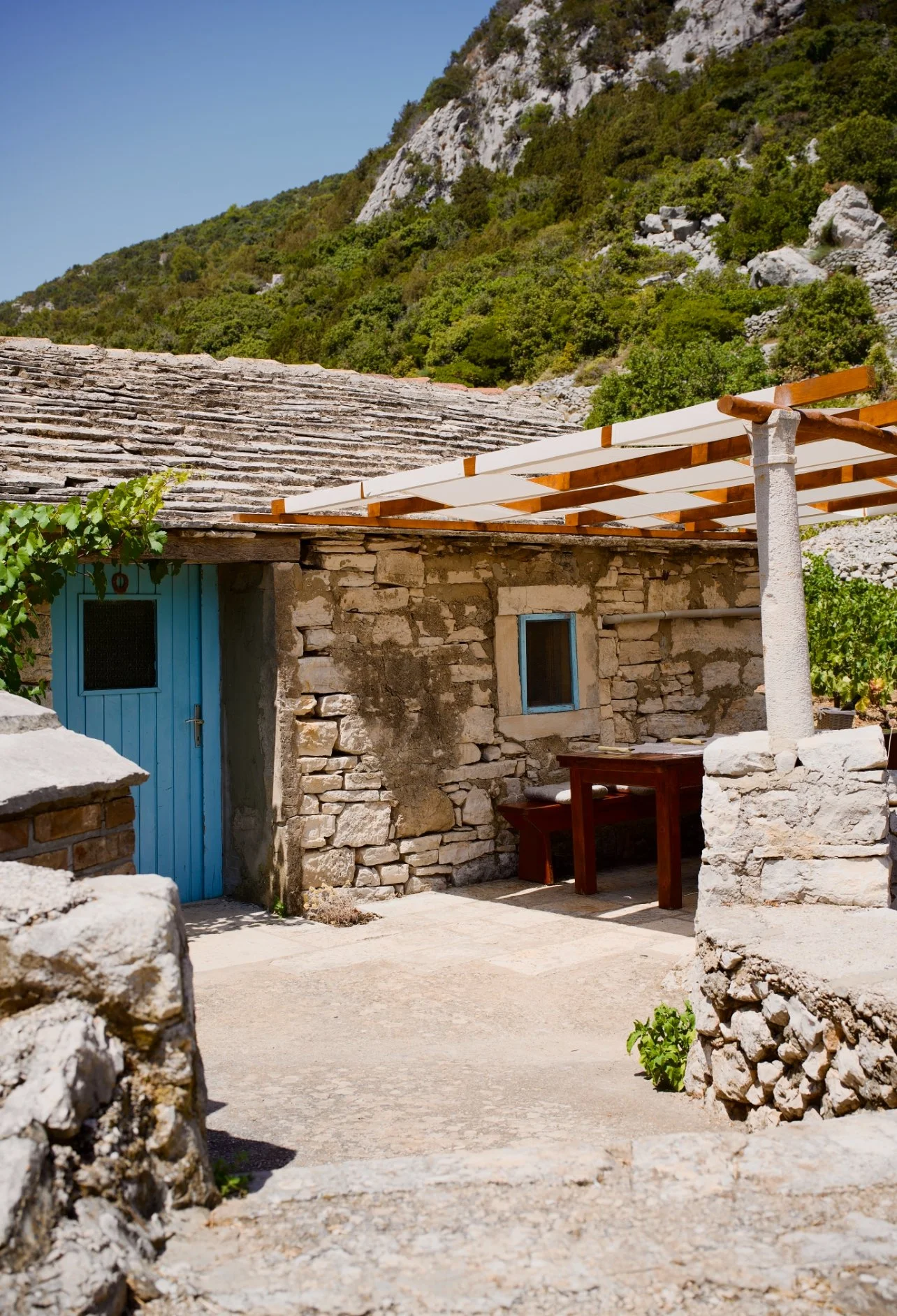Episode 123
Dobar Dan Prieteljie,
You listeners out there did it again!
You submitted too good of a lesson idea for us not to record it, so this one is for you!
Uncle Mike will do his best to give Tony D some directions, good luck!
Another practical, useful lesson coming your way.
Lesson
Arrive/get to - doći
Side - strana
Turn - skrenuti
Free - besplatno
Near - blizu
Far - daleko
Super Slatko Report
DJ MOE and the Super Slatko Report will go over the Eurasian Lyns, an Apex predator that can still be found in Croatias wilderness today.
What is a Lynx?
“A lynx (/lɪŋks/ links;[4] pl.: lynx or lynxes[5]) is any of the four extant species (the Canada lynx, Iberian lynx, Eurasian lynx and the bobcat). Lynxes are medium-sized wild cats that live in the forests of Europe, Asia, and North America. They are known for their sharp vision and have a prominent tuft of hair above their ears and short, stubby tails. Lynxes are similar in size and appearance to bobcats, but lynxes appear larger because of their long legs. “ - Wikipedia
As mentioned, there are four different types, but the one I will be covering today is the one that resides in Croatia, the Eurasian Lynx. Of the four lynx species, the Eurasian lynx (Lynx lynx) is the largest in size.
So where do they live? Croatia's diverse landscapes offer sanctuary to the lynx. With its elusive nature the lynx plays a vital role in maintaining the ecological balance of Croatia's ecosystems. These cats live across certain parts of the country, generally in remote and undisturbed areas, the quieter parts of Croatia's wilderness. However, like many apex predators, the Eurasian lynx faces threats that challenge its survival, making conservation efforts crucial for their continued existence.
The Eurasian lynx roams the dense forests and rugged mountain regions of Croatia. They are found in areas such as Gorski Kotar, Velebit Mountain, and the Dinaric Alps. These regions provide ample cover and prey for the lynx, allowing them to thrive without many disturbances. Despite their elusive nature, occasional sightings and research studies provide insight into their territorial patterns within these regions.
The Eurasian lynx is able to sustain itself by staying elusive, these cats are classified as a vulnerable species and is facing threats such as habitat loss, poaching, and human-wildlife conflict. Their Territory is becoming fragmented due to infrastructure development. These encroachments on their habitats are becoming a significant challenge to their survival. Conservation efforts, including habitat protection and monitoring programs, are essential to mitigate these threats and ensure the lynx's long-term viability in Croatia.
To dive in further, According to an article from 2020, from the Rewilding Europe web site states that they believe there to be 40-60 lynx surviving in Croatia, with a further 20-30 in Slovenia. Alongside all the habitat challenges, human-wildlife conflict and poaching, there is a genetic issue as well. Due to their small numbers the Eurasian Lynx has become inbred, hurting their longevity causing health concerns and shorter than average lifespans. “To boost genetic variability and reinvigorate this declining population, the LIFE Lynx initiative was initiated in 2017. Healthy individuals were sourced from the robust Carpathian population in Slovakia and Romania, aiming to increase the resilience, adaptability and fitness of the endangered Dinaric lynx population.” This conservation technique has been helping and the populations are slowly and steadily climbing, which is crucial for the ecosystem.
Being the apex predators for the region, the Eurasian lynx plays a big role in regulating prey populations. The Lynx primarily targets deer, roe deer, and chamois (a goat type antelope). Their diet consists mainly of meat and occasional small mammals and birds. Lynx are solitary hunters, relying on stealth and ambush techniques to capture their prey. Their ability to adapt to various prey species shows their resilience and resourcefulness for these fascinating creatures.
The Eurasian lynxs ability for adaptability in today’s ever changing wilderness is helping their own cause, despite their status as vulnerable species. As long as The Eurasian Lynx is around it will continue to roam the remote corners of Croatia's wild. Through conservation efforts and habitat protection measures, there is a bright future for the Eurasian lynx in Croatia.
And that’s it for the Super Slatko Report.






